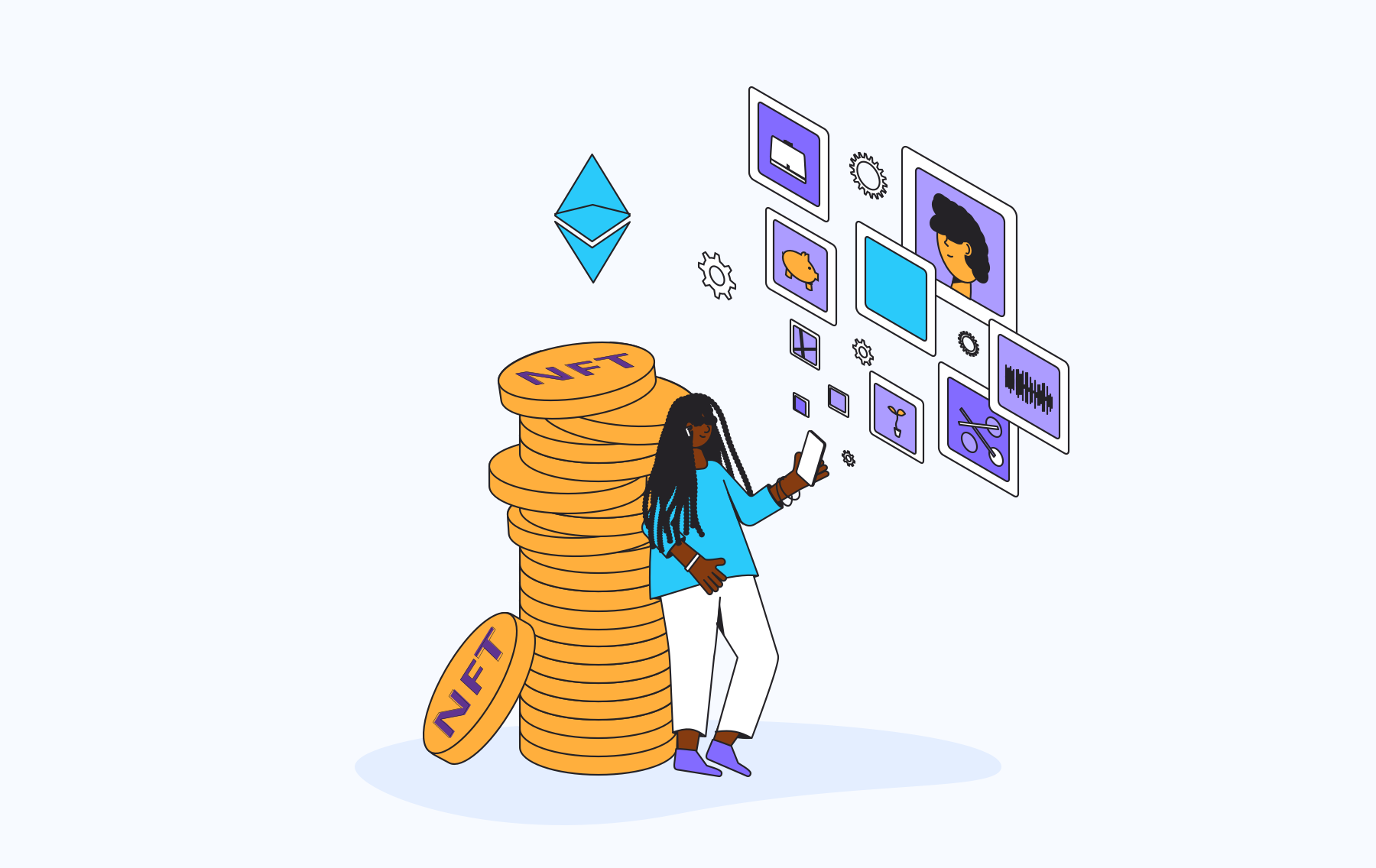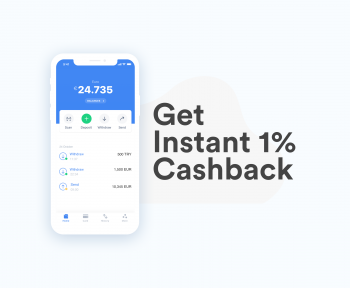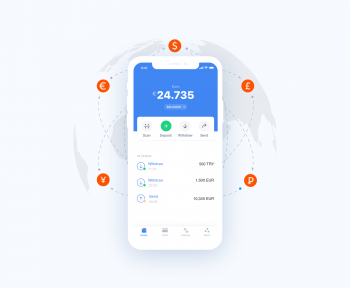“Art is standing with one hand extended into the universe and one hand extended into the world and letting ourselves be a conduit for passing energy,” says Albert Einstein, one of the greatest physicists of all time.
As human beings, we are wired to express ourselves for thousands of years. A cave in Santa Cruz, Argentina is covered with handprints of our ancestors stenciled on the walls and whispers “We are here and we matter”. Because we have always wanted to be heard and to reach beyond our time, the limitation of our languages has always disturbed us deeply. There should be more than this. Much more…The inspiration, the devoted effort to seize the feeling and share it. The art!
Our endless passion for art has never softened for decades. Conversely, we have become more eager to be fully understood and to be felt. Yes, maybe our materials of pigments have gone through changes over years, yet, our maverick salute to existence has never fainted away. Unlike our relatives living in the caves 9000 years ago, we do not paint using blood, berry juices, dried plants, and minerals anymore. Neither with egg, resin, or beeswax as in Ancient Egypt nor natural mineral pigments dug from the earth and shaped into sticks as chalks to be used by grandmasters including Da Vinci, Michelangelo, and Rembrandt. However, today, in the Renaissance of the Internet, we embrace the myriad of opportunities of the world wide web as our dyes. Our canvas may be a video, a meme, a logo, or a computer game. The world of reality has its limits whereas the world of imagination is boundless on the internet.
When there is creativity, no matter in the House of Medici period in Florence or 21st century in Upper Manhattan, there is a market for price appreciation. In order to do this, the products must be one and only. At this point, NFTs step in to assign proprietary. But what is an NFT exactly? And how come ”Everydays: The First 5000 Days” sold for $69.3 million?
In a nutshell, NFTs (Non-Fungible-Tokens) can be considered as specific digital certificates representing ownership of unique non-interchangeable assets. They are formed on the blockchain of Ethereum due to the security of no one can modify the record of ownership or copy/paste a new NFT into existence. Unlike cryptocurrencies, NFTs are not divisible or fungible. To clear the clouds, we better compare it with the traditional art. As we all know, there are millions of copies of ”Der Kuss”, the masterpiece of Gustave Klimt. However, there is only one original painting hanging on the second floor of the Galerie Belvedere Museum in Vienna. Ownership of an NFT makes you the real holder instead of having a saved file or screenshot, thus it would not be inaccurate to define NFT as ”an authenticity certificate”. The asset itself can be replicated, but the record of ownership is stored on a public ledger securely where everyone can find the certificate of ownership.
Where to Buy an NFT
It is not surprising to see art collectors urging to purchase these unique artifacts. On the other hand, just like cryptocurrencies, digital art does not leave room for higher authorities or centralization. Thanks to the elimination of art clergies such as snob curators, dishonest galleries, and pragmatist art critics, NFTs are sold on online marketplaces performing as auction houses. In this auction system set up, everyone has full access to detailed information about the subject piece and the artist. At the time of writing this article, the most popular NFT marketplaces are OpenSea, Rarible, Foundation, and SuperRare. Especially, in OpenSea, it is possible to explore the NFT world with collectibles, memes, sports memorabilia, trading cards, virtual worlds, and photography. Yes! When it comes to digitalization, the sky’s the limit!
How to Purchase an NFT
Since the art marketplaces have switched their identity vertiginously, there are millions of innovation enthusiasts out there looking forward to owning an NFT. Although it sounds like rocket science at first, it is much easier than buying those earrings from eBay. Once you choose the marketplace you want to register, you need to connect your digital wallet to the specific platform. Then the rest is downhill; simply choose an NFT and bid for the auction. In the case your bid is successful, you will be asked to complete the rest of the transaction in which the total value and a transaction fee for the marketplace will be debited from the registered crypto wallet. Plus, you can always view the collected NFT in your wallet. That’s all! You own it now!
Should you invest in an NFT?
Here is the biggest dilemma! Are NFTs profitable investments or just another trend checking the soil survey? Probably the answer lies beneath your view on art and cryptocurrencies. Do you believe in a future based on globalization and digitization? Or are you one of those conservative ones thinking volatility of NFT prices can be pretty advantageous? Undoubtedly, the NFT market is a speculative one driven by scarcity and FOMO (fear of missing out). Nobody can guarantee your NFT will appreciate with time and bring you a remarkable profit. Other than this, if you are a real art admirer trying to support independent artists and have an acceptable appetite for losses, NFTs can be amazing collectibles for your digital library.
All in all, the concept of NFT is a neoteric approach to art in many aspects. Access to the piece firsthand, without any intermediary, is a real game-changer compared to the traditional auctions running behind closed doors and word of mouth. Furthermore, creativity has never been supported before as it is now. Thus, many believe our world evolves into something limitless and beyond our most bizarre dreams. So the next time, when you are standing in front of a magnificent Refik Anadol project staging an abstract and dream-like environment, ask yourself “Is an artist paid for the labor or the vision?”.



